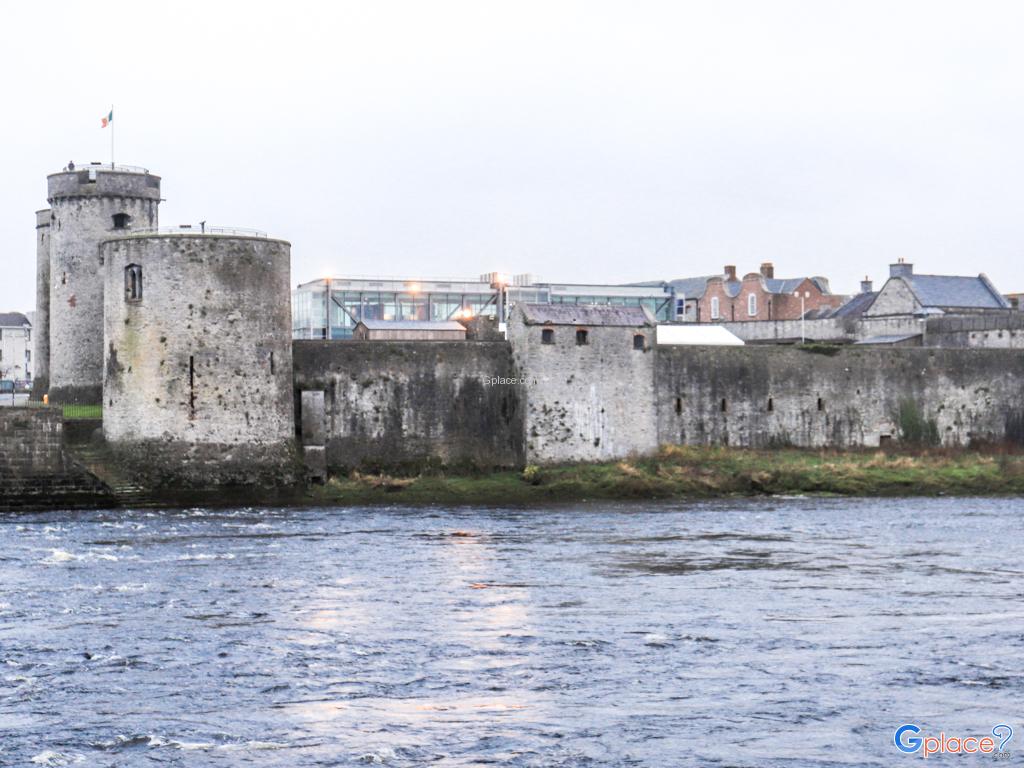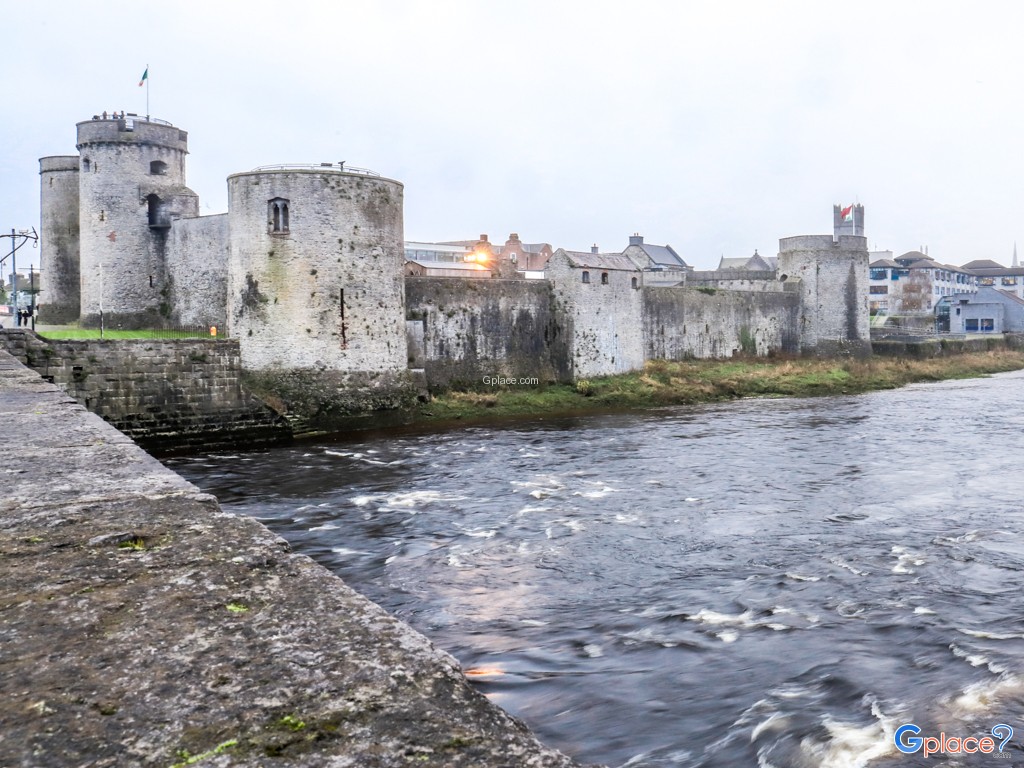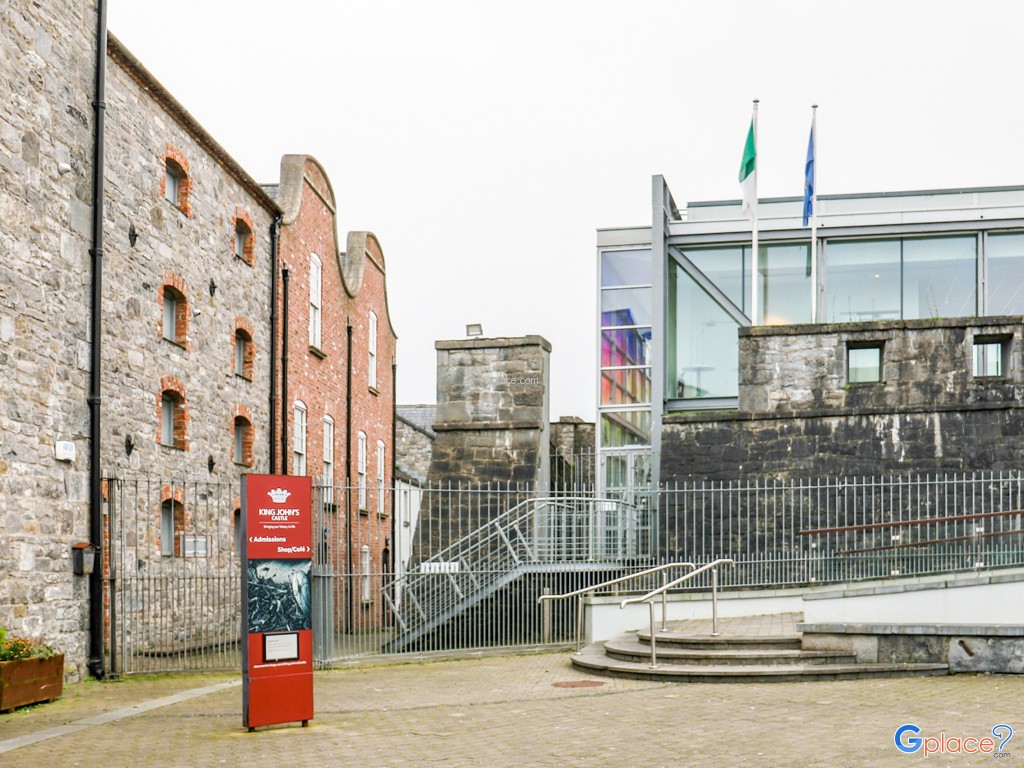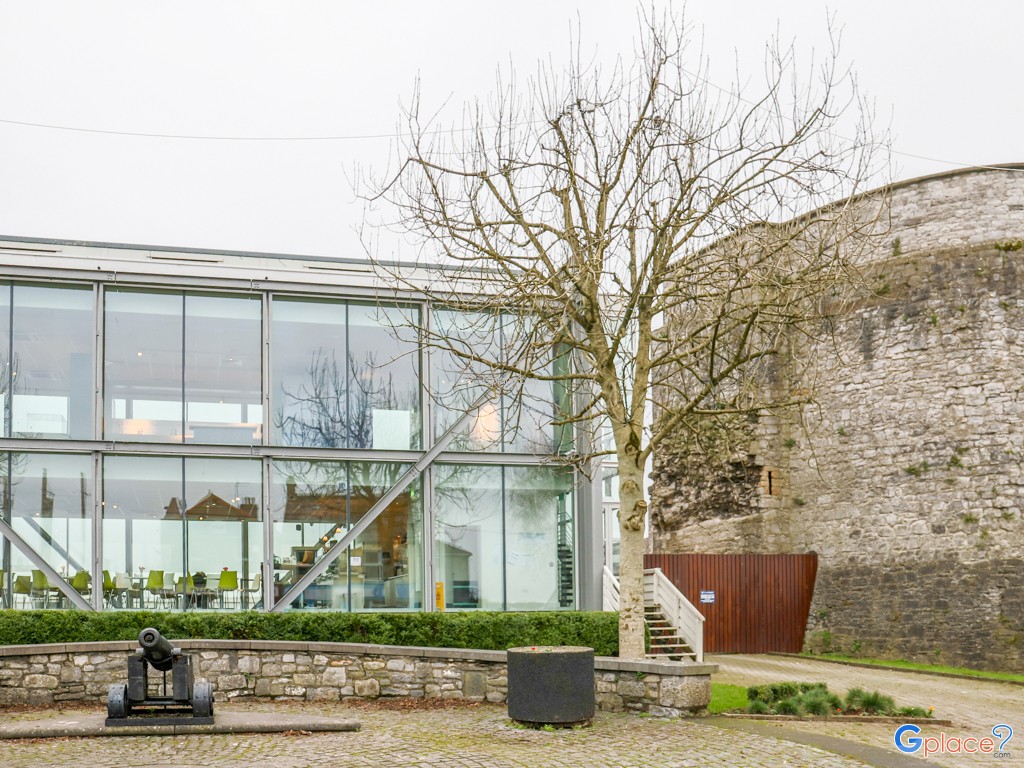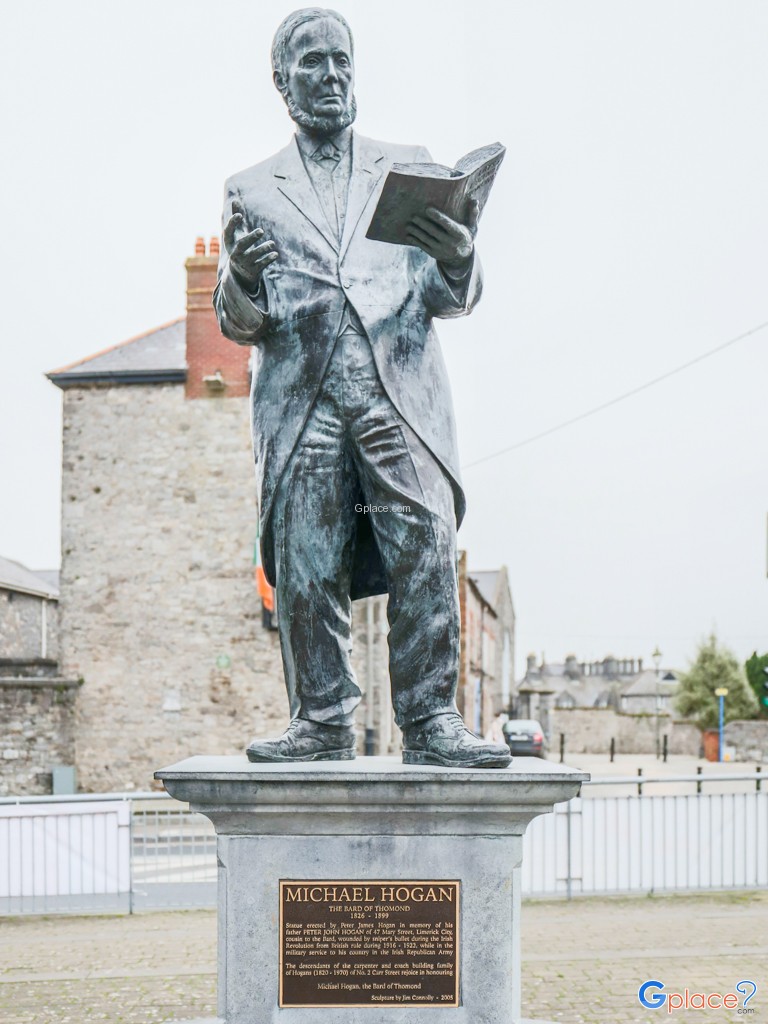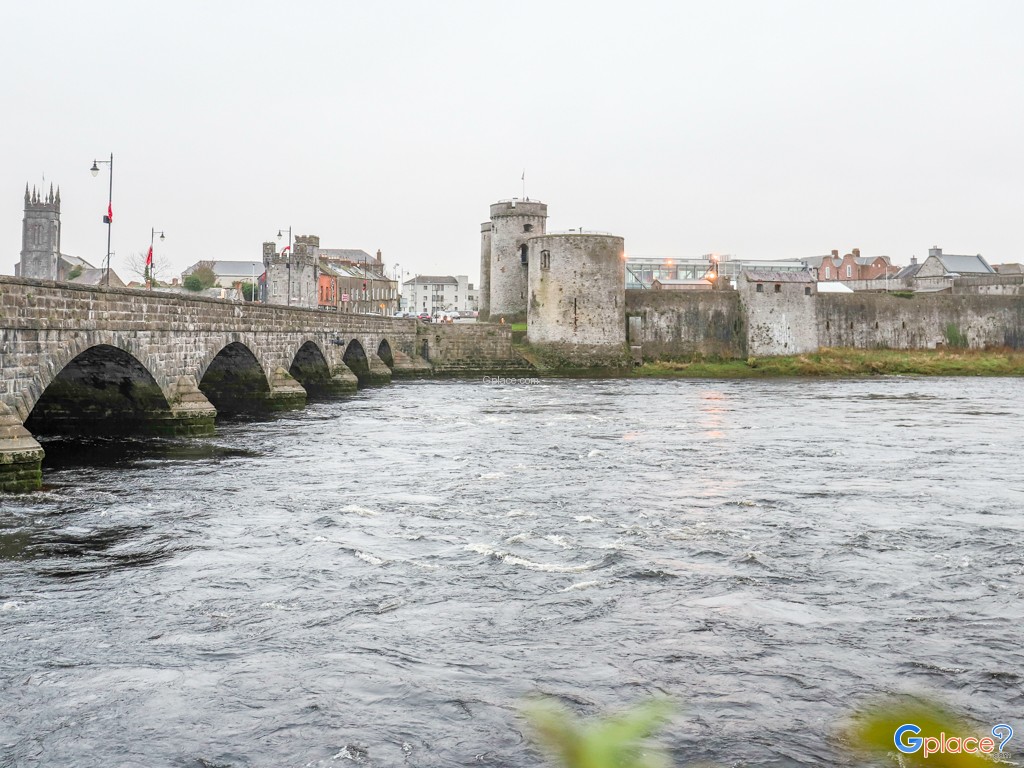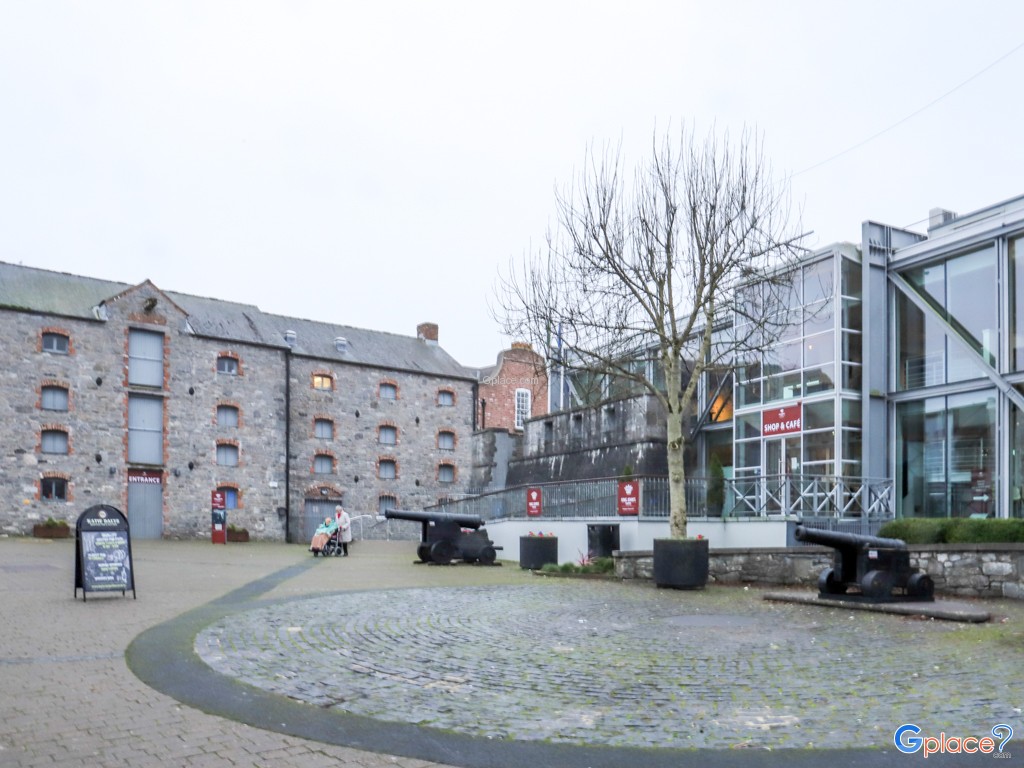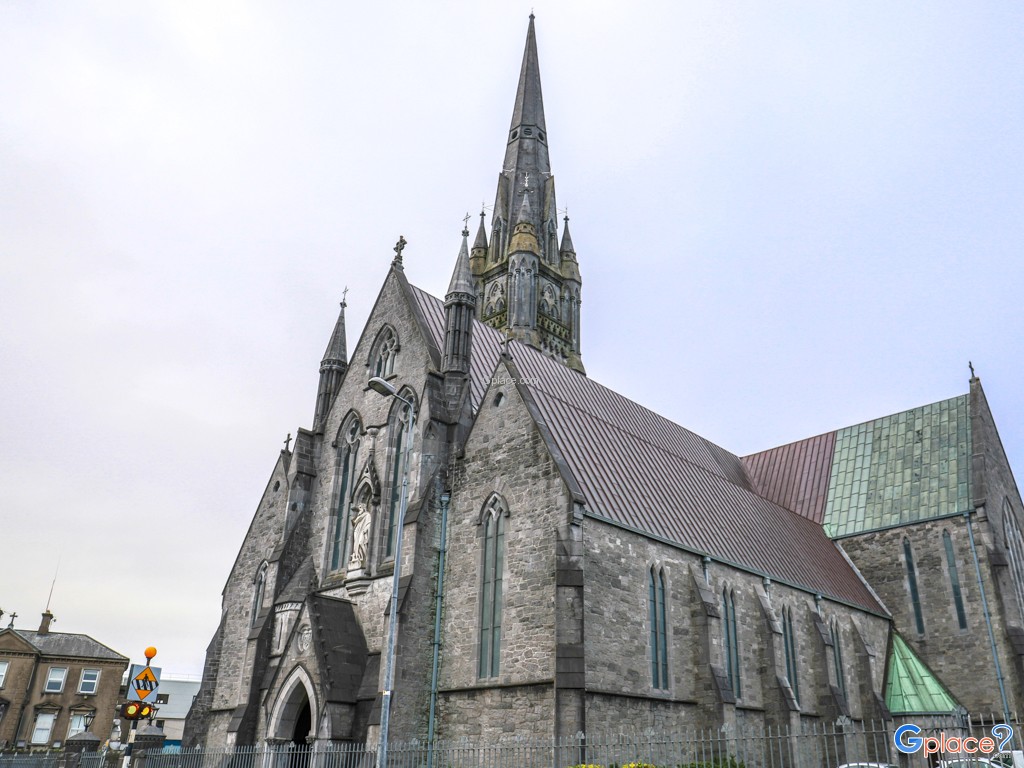“An 800-year-old fortress blending Viking heritage, Norman power, and interactive storytelling at the heart of Limerick.”
The Heart of Limerick’s History
Step back in time and embark on an epic journey to the Middle Ages at King John’s Castle. This imposing 800-year-old stone fortress stands proudly on King’s Island, overlooking the River Shannon. More than just ancient ruins, it’s a living historical center that immerses visitors in the stories of kings, warriors, and the people who once inhabited its strong walls.
A Journey Through Time
King John’s Castle was constructed between 1200 and 1210 under the orders of King John of England, who sought to secure Norman power and defend the strategic River Shannon crossing. Though the King himself never set foot in the completed fortress, the structure played a central role in Ireland’s medieval defense system.
The site’s legacy extends back even further — archaeological findings reveal a Viking settlement that thrived here as early as 922 AD, long before the Normans arrived. Throughout the centuries, the castle endured numerous sieges, most notably during the Irish Confederate Wars of the 17th century and the Siege of Limerick in 1642. The battle scars remain visible on its massive curtain walls today, bearing witness to the city’s turbulent history.
Architecture and Heritage
Unlike grand residential castles such as Kilkenny, King John’s Castle was built primarily for military defense. Its thick limestone walls, rounded towers, and narrow arrow loops emphasize protection and strength. The design reflects early Norman engineering—functional, formidable, and symbolic of power.
--------------------------------------------------------------------------------------------------------------------
Things to Do at King John’s Castle
- Explore the State-of-the-Art Visitor Centre
Step into the newly renovated exhibition space featuring interactive touchscreens, 3D models, animated projections, and multimedia displays that recreate centuries of Irish history. Learn about the Viking origins, Norman conquests, and the lives of soldiers, merchants, and citizens who once lived here.
- Discover Archaeological Displays
Marvel at artifacts unearthed within the castle grounds. These historical finds, including coins, pottery, and tools, reveal the daily life of medieval Limerick and the rich layers of its past.
- Dress Up in Period Costumes
Children and adults alike can immerse themselves in history by trying on medieval armor or royal costumes. It’s a fun, educational way to experience what life might have felt like inside the castle’s walls.
- Wander the Courtyard and Outdoor Exhibits
The castle’s open-air courtyard is filled with reconstructed medieval structures, traditional games like tug of war and horseshoe throwing, and outdoor displays of weapons and tools. Each area brings another piece of history vividly to life.
- Climb the Towers for Spectacular Views
Ascend the castle towers for stunning 360-degree panoramic views of Limerick City, the River Shannon, and its lush green surroundings. It’s one of the best photo spots in the city and a breathtaking way to end your visit.
- Visit the Nearby Treaty Stone
Just across the river stands the historic Treaty Stone, where the Treaty of Limerick was signed in 1691. It marks one of Ireland’s defining moments, symbolizing peace after years of conflict.
How to Get There
-
From Limerick Train Station: Around 10 minutes by taxi or local bus.
-
From Dublin: Take a direct train to Limerick (approx. 2 hours 15 minutes), then continue to the castle by foot, taxi, or local bus.
Travel Tips
-
Book tickets online during peak season to avoid waiting lines.
-
Audio guides and guided tours are available for a deeper experience.
-
Wear comfortable shoes suitable for uneven stone surfaces.
-
Photography is encouraged, especially from the tower viewpoints.
Admission Fee:
-
Adults: €12
-
Discounts available for children, students, and seniors.
-
Family and group packages offered.
Opening Time:
- Open daily from 09:30 to 17:30 (last admission at 17:00).
Check the official website for seasonal updates or temporary closures.


















